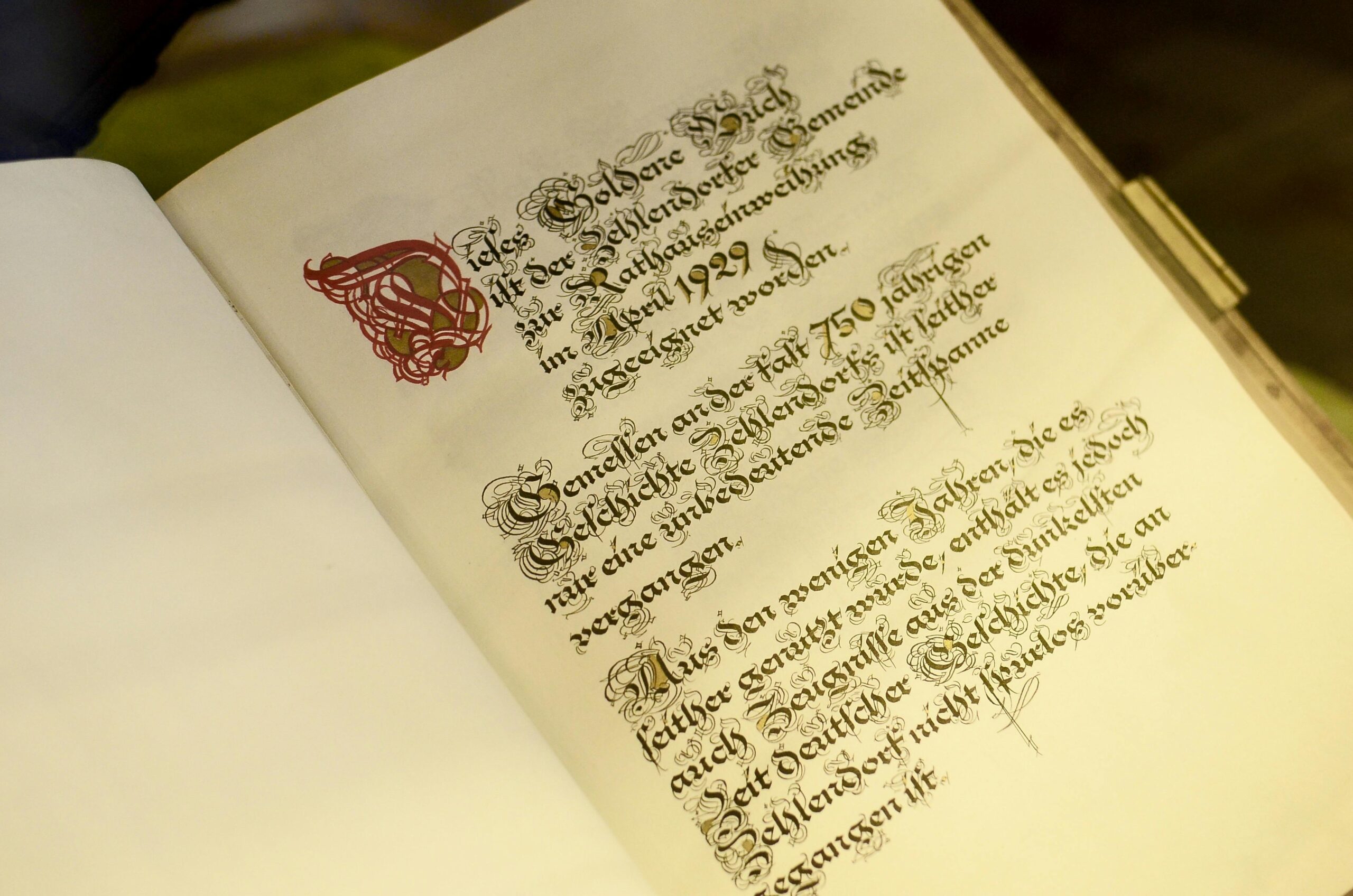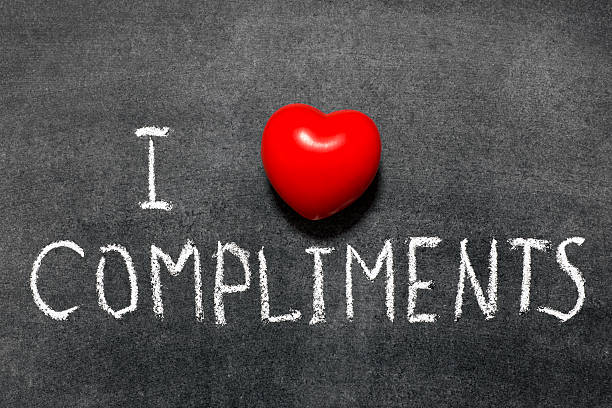Introduction: The Enduring Wisdom of Courtesy
Throughout history, expressions of courtesy have served as the cornerstone of respectful human interaction. From the ancient Egyptians’ emphasis on silence and humility to the Confucian ideals of filial piety in China, the concept of politeness transcends cultural boundaries. These ancient texts not only offer a glimpse into the social norms of their time but also provide timeless lessons on empathy, respect, and the art of communication.
In this exploration, we delve into the words of courtesy found in ancient wisdom literature, examining how these expressions shaped societal behaviors and continue to influence modern etiquette. By understanding the roots of polite discourse, we can better appreciate the universal values that bind us across time and culture.
Ancient Egyptian Expressions of Courtesy
Ancient Egyptian society placed immense value on respect, humility, and proper conduct, principles that are clearly reflected in their wisdom literature. The Maxims of Ptahhotep, dating back to around 2400 BCE, stand as one of the earliest known works emphasizing ethical behavior and social harmony. Ptahhotep, serving as a vizier, imparted his insights to his son, advising on topics such as silence, timing, and the importance of listening. He emphasized that “listening benefits the listener,” underscoring the significance of attentiveness in communication.
Similarly, the Instructions of Kagemni and the Instruction of Amenemope further elaborate on the virtues of modesty, self-control, and the pursuit of justice. These texts collectively advocate for a life led by principles of fairness and respect, aiming to cultivate individuals who contribute positively to society.
The teachings found in these ancient texts not only guided personal behavior but also shaped the ethical framework of Egyptian civilization, promoting a culture where courtesy was integral to social interactions.
Ancient Greek and Roman Practices
🇬🇷 Expressions of Courtesy in Ancient Greece
In ancient Greek society, politeness and courtesy were integral to social interactions. Linguistic strategies, such as addressing, request mitigation, and appropriate responses, played a crucial role in maintaining harmony and respect among individuals.
The Delphic Maxims, a collection of aphorisms inscribed at the Temple of Apollo at Delphi, offered guidance on virtuous living. Phrases like “Know thyself” and “Nothing in excess” emphasized self-awareness and moderation, core values in Greek etiquette.
Common greetings included “χαῖρε” (chaíre) meaning “rejoice” or “hello,” and “εὐχαριστῶ” (eucharistō) meaning “thank you,” reflecting the importance of joy and gratitude in daily interactions.
🇮🇹 Expressions of Courtesy in Ancient Rome
Roman society placed a strong emphasis on formal greetings and expressions of respect. Greetings such as “Salvē” for one person and “Salvēte” for multiple people were commonly used to say “hello,” while “Valē” and “Valēte” were used to say “goodbye.”
Polite forms of address included “dominus” for men and “domina” for women, signifying respect and acknowledging social status
Latin phrases like “Carpe diem” (“Seize the day”) and “Veni, vidi, vici” (“I came, I saw, I conquered”) reflect the Roman appreciation for action and achievement, often used to convey respect for decisiveness and success.
Chinese Expressions of Courtesy
In ancient China, the concept of lǐ (礼)—often translated as “ritual” or “propriety”—was central to societal interactions. Rooted in Confucian philosophy, lǐ encompassed a range of behaviors, from daily manners to ceremonial rites, all aimed at promoting harmony and respect within the community.
Confucius emphasized that proper conduct in everyday life was essential for a stable society. He taught that rituals and etiquette were not mere formalities but expressions of inner virtue and respect for others. This perspective is evident in the Analects, where Confucius discusses the importance of sincerity and decorum in interactions.
The Book of Rites (Lǐjì), one of the core Confucian texts, provides detailed guidance on appropriate behavior in various contexts, from family relationships to governance. It underscores the belief that observing proper etiquette fosters social cohesion and moral development.
Expressions of courtesy in ancient China were deeply embedded in language and daily practices. Common phrases like “请” (qǐng, please) and “谢谢” (xièxiè, thank you) reflect the cultural emphasis on politeness and consideration for others. Moreover, gestures such as bowing or the traditional kowtow—kneeling and touching one’s head to the ground—were performed to show deep respect, particularly towards elders and superiors.
These practices were not merely symbolic; they were integral to maintaining societal order and expressing one’s role within the social hierarchy. By adhering to these established norms, individuals contributed to a harmonious and respectful community.
🇮🇳 Indian Expressions of Courtesy
Ancient Indian literature offers profound insights into the values of respect, humility, and proper conduct. Texts like the Tirukkural, composed by Thiruvalluvar, emphasize virtues such as kindness, gratitude, and self-restraint, reflecting the societal importance of courteous behavior. The Manusmriti outlines detailed codes of conduct, highlighting the role of etiquette in maintaining social harmony.
The Vedas, among the oldest sacred texts, introduce the term “Namaste,” derived from Sanskrit, meaning “I bow to you.” This greeting embodies the recognition of the divine within each individual, showcasing the spiritual dimension of courtesy in Indian culture.
Additionally, the Panchatantra and Hitopadesha, collections of moral tales, teach lessons on diplomacy, humility, and respectful communication, underscoring the enduring significance of courteous interactions in personal and societal contexts.
Islamic Expressions of Courtesy
In Islamic tradition, Adab (أدب) embodies the principles of refined behavior, encompassing good manners, morals, and decency. Rooted deeply in the teachings of the Qur’an and the Sunnah (traditions of Prophet Muhammad ﷺ), Adab serves as a comprehensive guide for Muslims to navigate social interactions with grace and respect .e of speaking kindly and treating others with compassion. For instance, it instructs believers to respond to greetings with equal or better salutations, fostering a culture of mutual respect . Additionally, the Prophet Muhammad ﷺ stated, “I have been sent to perfect good character,” highlighting the centrality of etiquette in Islamic teachings
Classical Islamic texts, such as Hilyat al-Muttaqin by Muhammad Baqir al-Majlisi, provide detailed guidance on various aspects of etiquette, including interactions with family, neighbors, and the broader community . These teachings underscore the significance of humility, patience, and kindness in daily life.
Furthermore, Islamic scholars like Al-Ghazali have elaborated on the concept of Adab, linking it to spiritual development and the purification of the soul . By cultivating good manners, individuals not only enhance their social relationships but also draw closer to the Divine.
Comparative Analysis of Courtesy Across Cultures
Common Threads in Ancient Etiquette
Across diverse ancient civilizations, certain themes in expressions of courtesy emerge consistently:
-
Respect for Elders and Authority: Societies like ancient China and India emphasized deference to elders and societal hierarchies, as seen in Confucian lǐ and the Indian concept of Namaste.
-
Religious and Philosophical Foundations: Courtesy was often rooted in spiritual or philosophical teachings, such as the Confucian emphasis on Adab in Islam and the moral instructions in the Tirukkural.
-
Ritualized Greetings and Gestures: Formal greetings, like the Roman “Salvē” or the Indian “Namaste,” were integral in establishing respectful interactions.
-
Emphasis on Community Harmony: Many cultures viewed courteous behavior as essential for societal cohesion, promoting values like kindness, humility, and self-restraint.
Distinct Cultural Nuances
While sharing common values, each culture also exhibited unique expressions of courtesy:
-
Ancient Greece: Focused on individual virtues and the pursuit of excellence (arete), with courtesy linked to personal honor.
-
Ancient Rome: Emphasized legalistic and formal structures, with courtesy reflecting one’s social status and civic duty.
-
Ancient China: Centered on hierarchical relationships and ritual propriety, with lǐ governing both personal and state conduct.
-
Ancient India: Integrated spiritual concepts into daily interactions, viewing courtesy as a reflection of inner purity and karma.
-
Islamic Traditions: Unified courtesy with religious obligations, where Adab encompassed both social etiquette and spiritual discipline.
Comparative Table of Courtesy Across Cultures
| Culture | Core Concept | Key Texts | Unique Features |
|---|---|---|---|
| Ancient Greece | Personal Virtue | Delphic Maxims, Philosophical Works | Emphasis on individual honor and excellence |
| Ancient Rome | Civic Formality | Legal Codes, Philosophical Texts | Structured greetings reflecting social order |
| Ancient China | Ritual Propriety | Analects, Book of Rites | Hierarchical etiquette rooted in Confucianism |
| Ancient India | Spiritual Etiquette | Tirukkural, Manusmriti | Integration of spirituality in daily manners |
| Islamic Traditions | Religious Etiquette | Qur’an, Hadith, Scholarly Works | Adab as a fusion of social and spiritual conduc |
Conclusion
This comparative analysis reveals that while expressions of courtesy varied across cultures, they universally served to promote social harmony, respect, and moral conduct. Understanding these ancient practices offers valuable insights into the foundational values that continue to influence modern etiquette.





